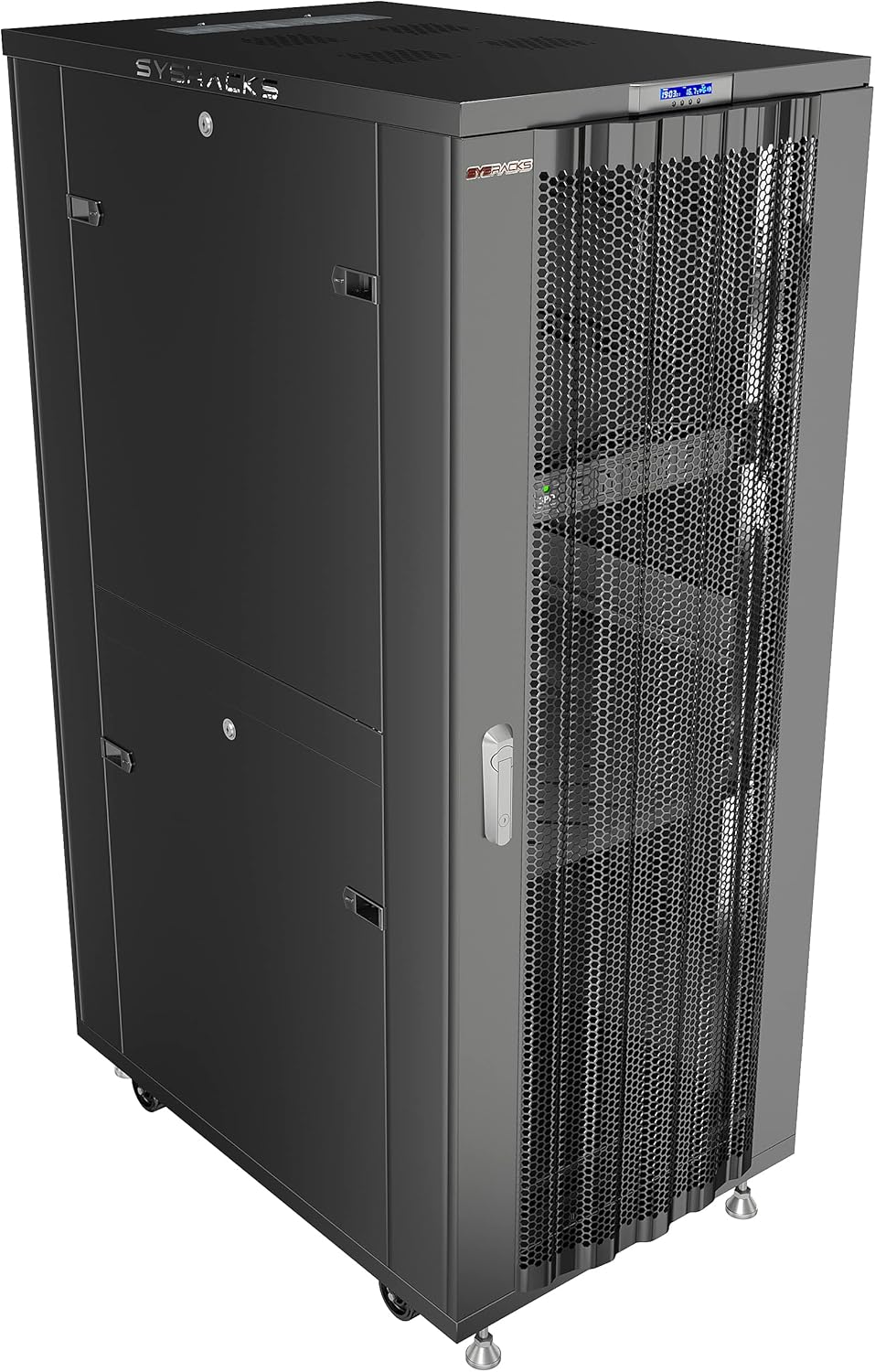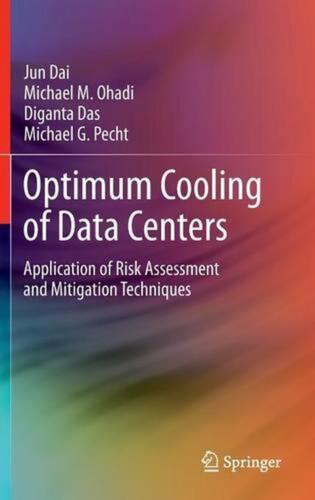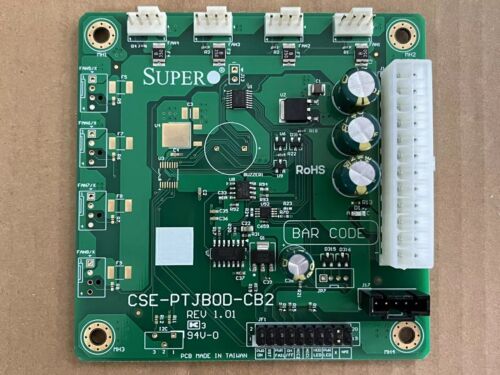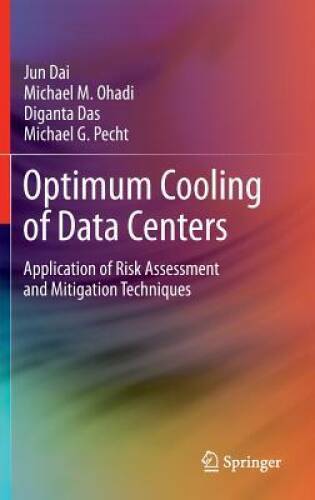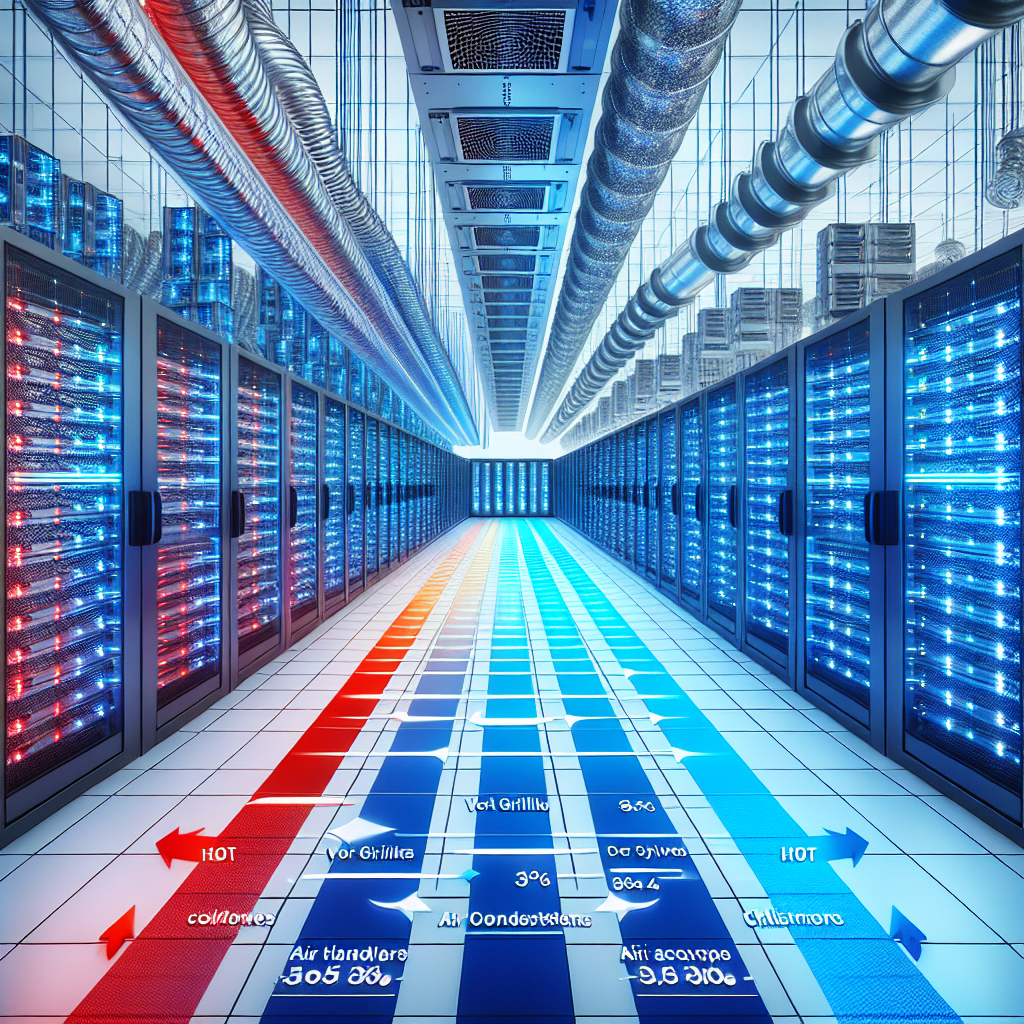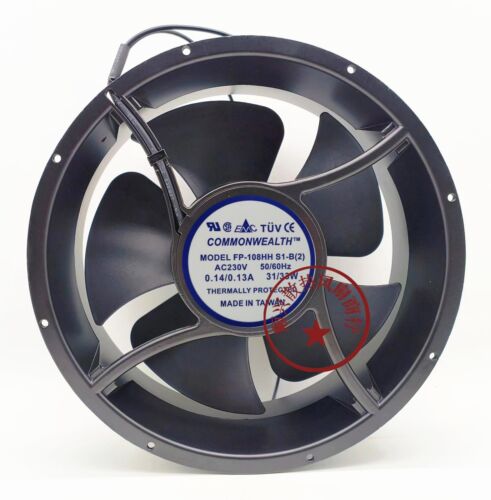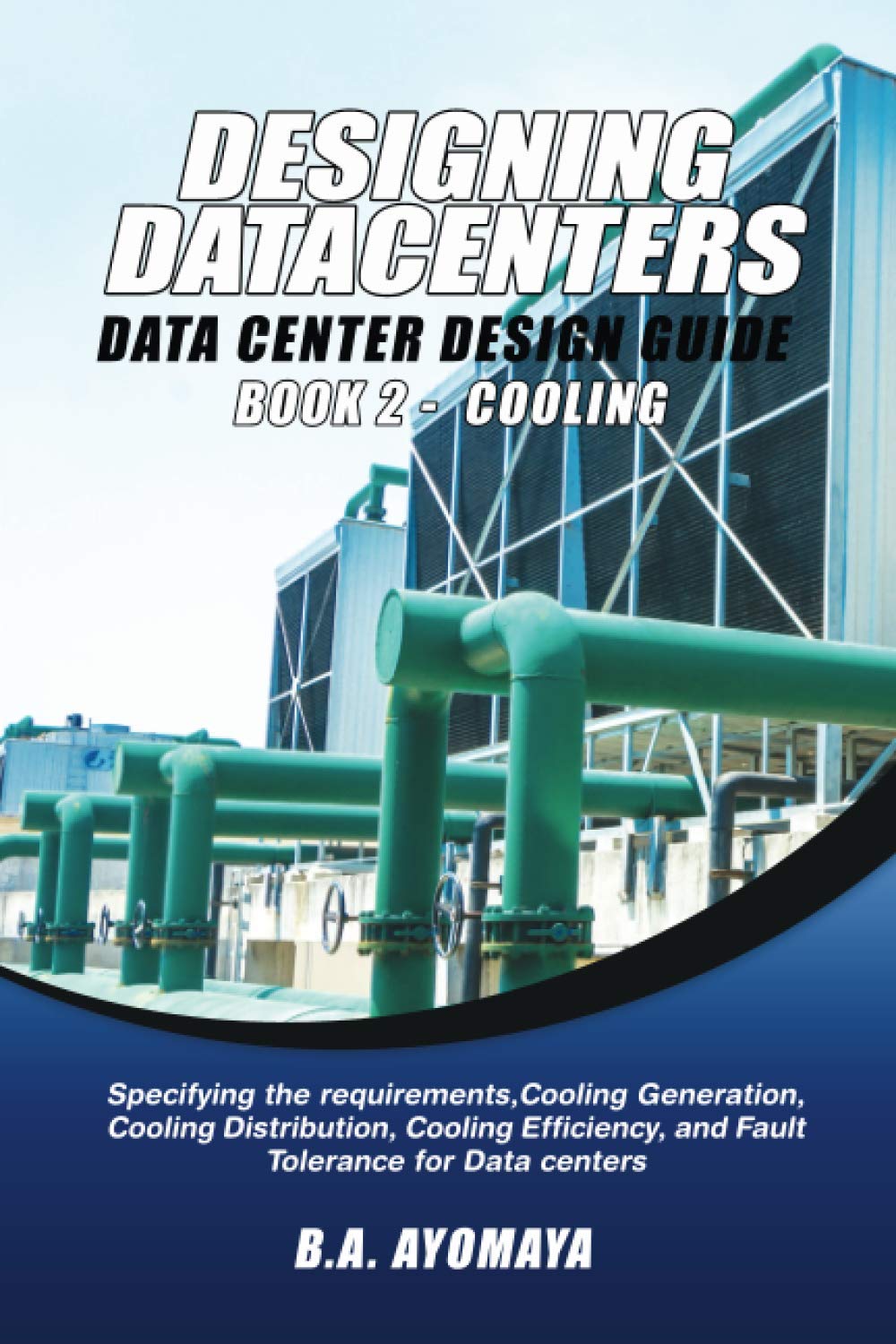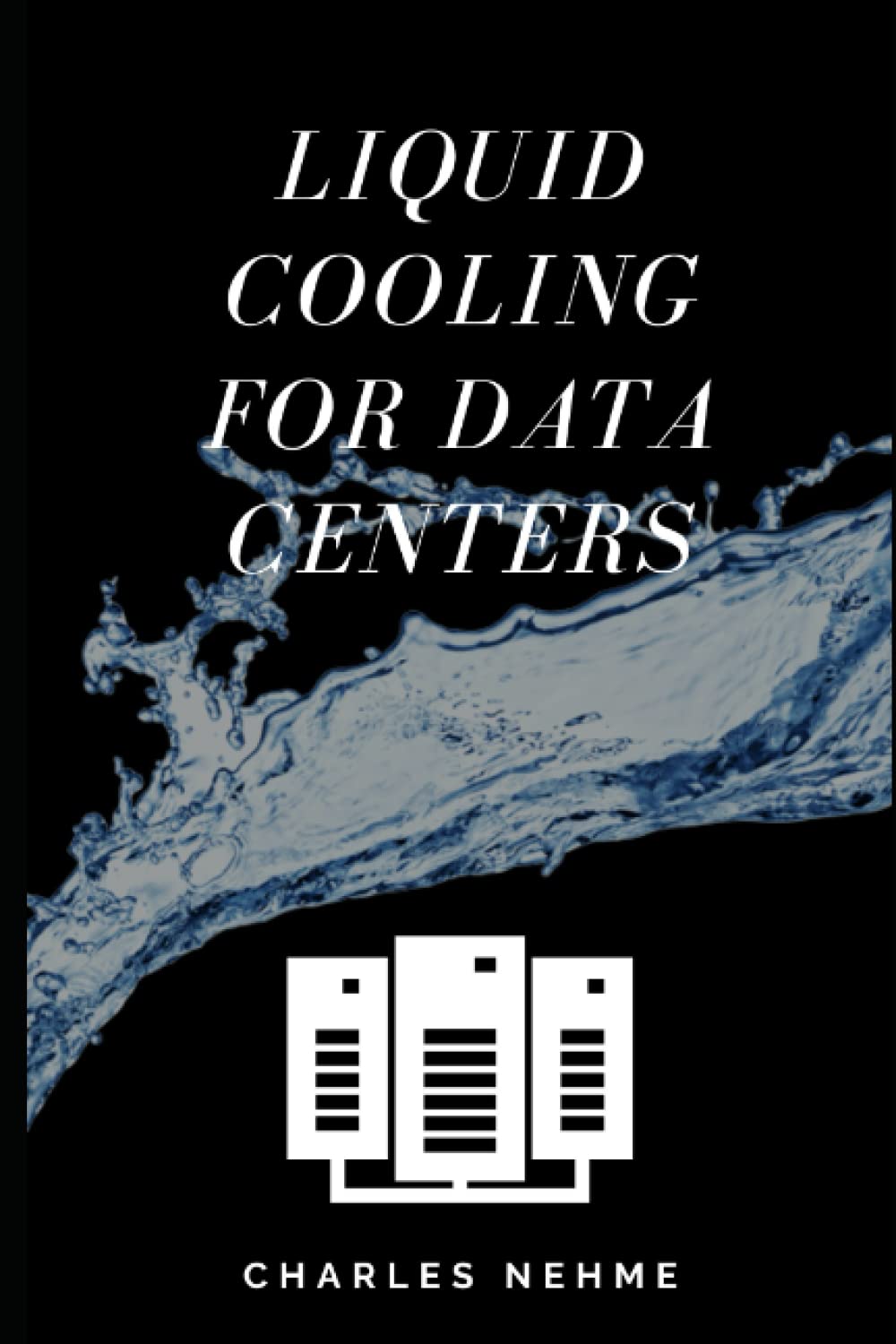Price: $1,090.00
(as of Nov 19,2024 21:33:46 UTC – Details)

The Sysracks 42U Server Rack Cabinet provides a reliable and robust solution for managing IT and networking equipment. Built from high-quality steel, it supports 19″ devices with a 1600 lbs load capacity, making it ideal for IT, AV, and telecom setups in data centers or home offices. This 42U rack enclosure includes four cooling fans with an LCD thermostat for controlled ventilation, protecting equipment from overheating. An 8-way power distribution unit keeps cables organized, while dust-tight cable entries prevent dust buildup. Lockable doors add security, keeping equipment safe from unauthorized access. The cabinet includes casters for easy mobility, fitting through narrow spaces due to its flat-pack design. Adjustable rails support various configurations, providing versatility across professional and home environments. With a sleek black finish and anti-corrosion coating, the Sysracks 42U server rack combines durability, flexibility, and security for all your networking and server needs. ***** Features: Thermostat with Thermosensor LCD Screen 4 Cooling fans 2 X Dust-Tight Cable Entries 8-outlet Powerbar Casters With Stoppers Heavy Duty Shelf Mounting Cage Bolt/Nut Hardware Fully Lockable Doors/Side Panels – 4 Keys TECHNICAL PARAMETERS: Dimensions: 42U (24″w x24″d x84″h) High Performance Cooling Fan: Airflow – 110 m3, ~ 40dB Coating: Powder paint with decreasing and anti-corrosive phosphate Ventilation: Active – Thermosystem, Passive – Perforation Load capacity: Up to 1600 pounds Color: Black . Supplied non-assembled in 5 flat packages. Easy and simple assembly, assembly guide
HEAVY-DUTY DESIGN: 42U server rack with 1600 lbs capacity, 24″ depth for secure 19″ equipment mounting. Lockable doors add security, ideal for IT and networking setups.
ADVANCED COOLING: Four fans with LCD thermostat keep this 42U rack enclosure ventilated, preventing overheating for maximum efficiency in data centers.
INCLUDED POWER DISTRIBUTION: Comes with 8-way PDU and dust-tight cable entries, ensuring clean cable management and protecting server components from dust.
EASY MOBILITY & INSTALLATION: Rack 42U with casters and stoppers for easy movement. Flat-pack design for quick assembly, fitting through narrow spaces.
VERSATILE USE: Adjustable rails make this 42U rack mount compatible with various IT, AV, and telecom equipment in home offices and professional setups.
Introducing the Sysracks 42U Server Rack Cabinet – The Ultimate Solution for IT, Networking, and Data Centers!
Are you in need of a reliable and secure server rack cabinet for your IT infrastructure? Look no further than the Sysracks 42U Server Rack Cabinet. This high-quality, lockable enclosure is designed to protect and organize your valuable equipment while providing easy access for maintenance and upgrades.
Key Features:
– 24″ Depth: Perfect for housing servers, networking equipment, and other devices in a compact space
– Lockable Enclosure: Keep your equipment safe and secure with a built-in lock and key system
– 8-Way Power Strip: Conveniently power up to 8 devices with ease
– 4 Cooling Fans: Ensure optimal airflow and temperature control to prevent overheating
– Thermostat: Monitor and adjust the temperature inside the cabinet for optimal performance
– Casters: Easily move and position the cabinet wherever you need it
– Adjustable Rails: Customize the cabinet to fit your equipment perfectly
With its durable construction, convenient features, and versatile design, the Sysracks 42U Server Rack Cabinet is the ideal solution for IT professionals, networking experts, and data center managers. Upgrade your infrastructure today and experience the difference with Sysracks!
#Sysracks #42U #Server #Rack #Cabinet #Depth #Lockable #Enclosure #8Way #Power #Cooling #Fans #Thermostat #Casters #Adjustable #Rails #Networking #Data #Centers #42U #x24 #x84
